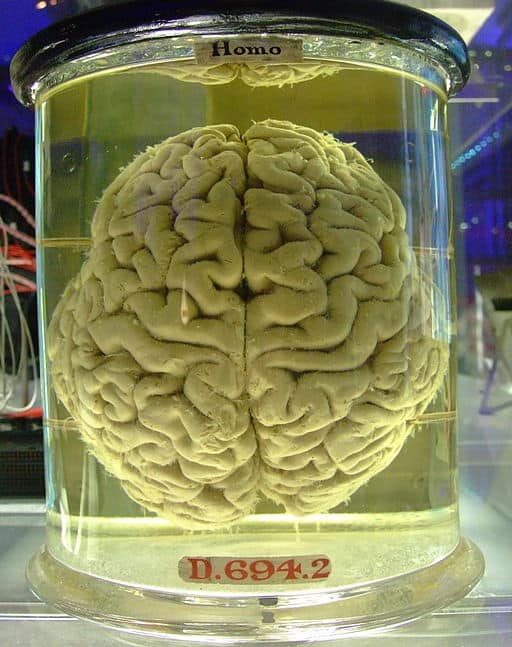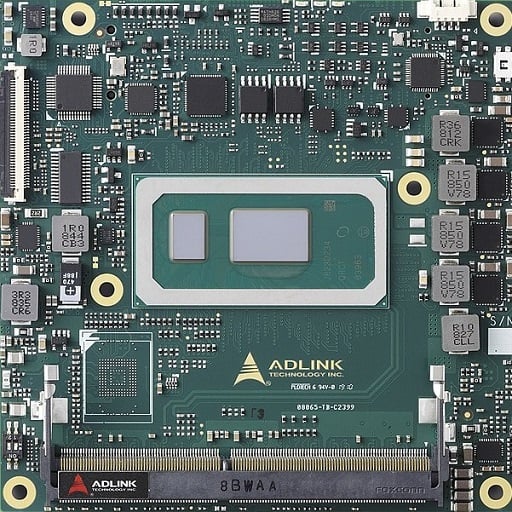You will often hear the expression “The brain is just a computer.” Is that a useful metaphor?
No, it’s not. There are fundamental ways the brain functions that are distinct from a computer operation.
- The brain develops rules based on its experience.
- We do not start with programs guiding our every thought and action.
- The brain does not give an exact answer to most questions. It simplifies questions until it can give an answer.
- A computer is forced to consider all data its program is presented with.
- The brain does not have a single thread of thought. Lobes act independently on separate senses. The occipital neurons act on visual input alone. Its portion of our brain is not available to handle bodily movement. The brain is segmentized by function. Only the frontal lobe has freedom to consider alternative responses to the current situation.
- That’s unlike a computer which has a logic chip organizing the overall flow of operations, based on its active program.
- Brain has more than logic at its disposal. It has associations—built through experience. For instance, behavioral economics has uncovered effects like the halo/horn effect. If we know only one fact about another and it’s positive, we view them overall as positive. Visa versa, if the one fact is negative. We make decisions based on facts at hand. If only one feature is known—a frequent case—all aspects are colored by association.
- Computers, if they are missing necessary data, are stymied and can’t come to a solution. Or, if their programming is lacking awareness of the information’s importance, they can come to a solution which confounds commonsense.
Summary
Next time someone says that the brain is just a computer, consider its distinctions:
- developing from experience
- simplifying situations, and
- forming associations.
These differences can diminish your friend’s point and your consideration of it. Sometimes, the issue is slight and not worth the distinction. Other times, the issue may be important, meriting mentioning the distinctions.
Image of ADLINK computer chip. TomaszSwatowski / CC BY-SA (https://creativecommons.org/licenses/by-sa/4.0)
Image of human brain in a jar. Gaetan Lee from London, UK / CC BY (https://creativecommons.org/licenses/by/2.0)


